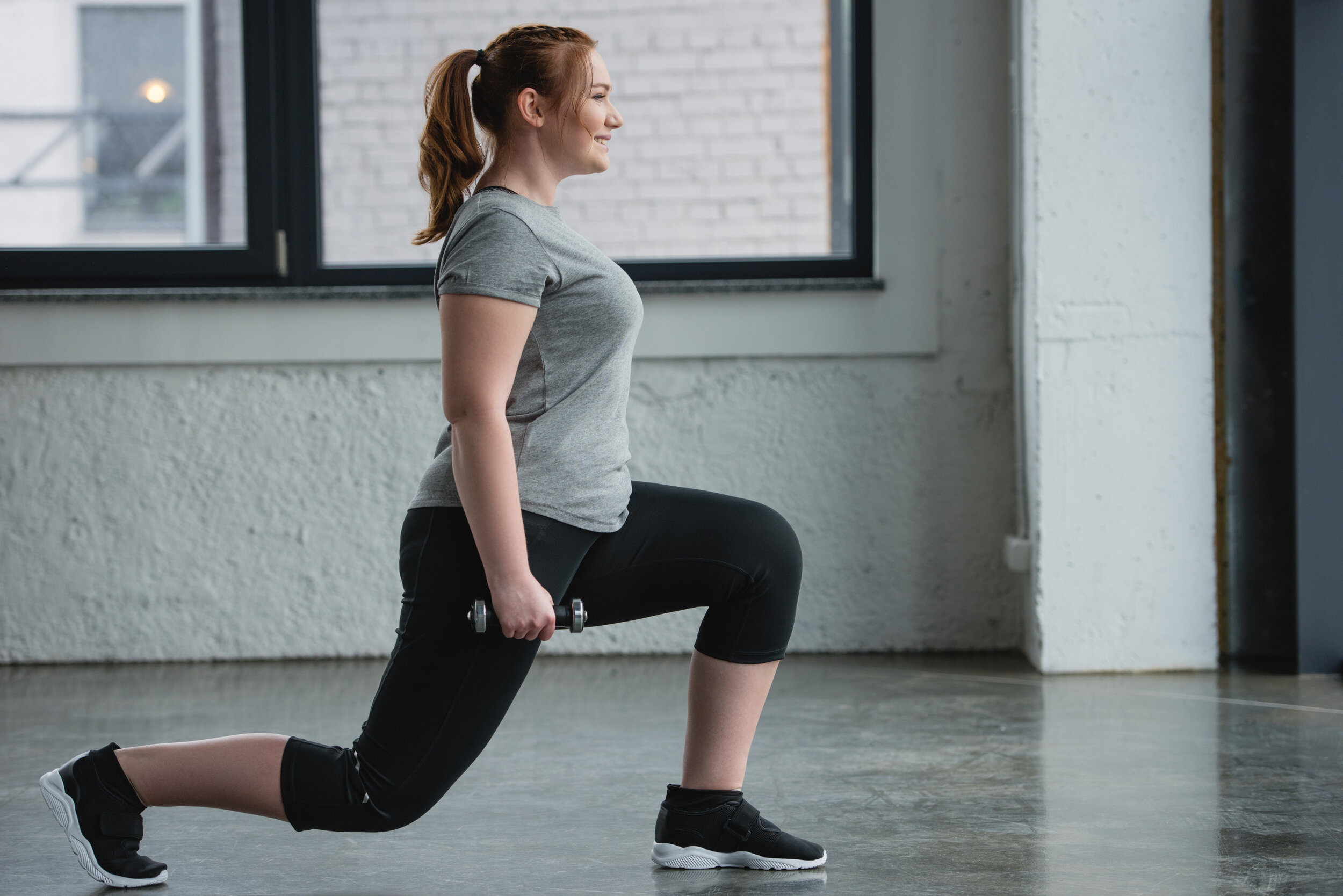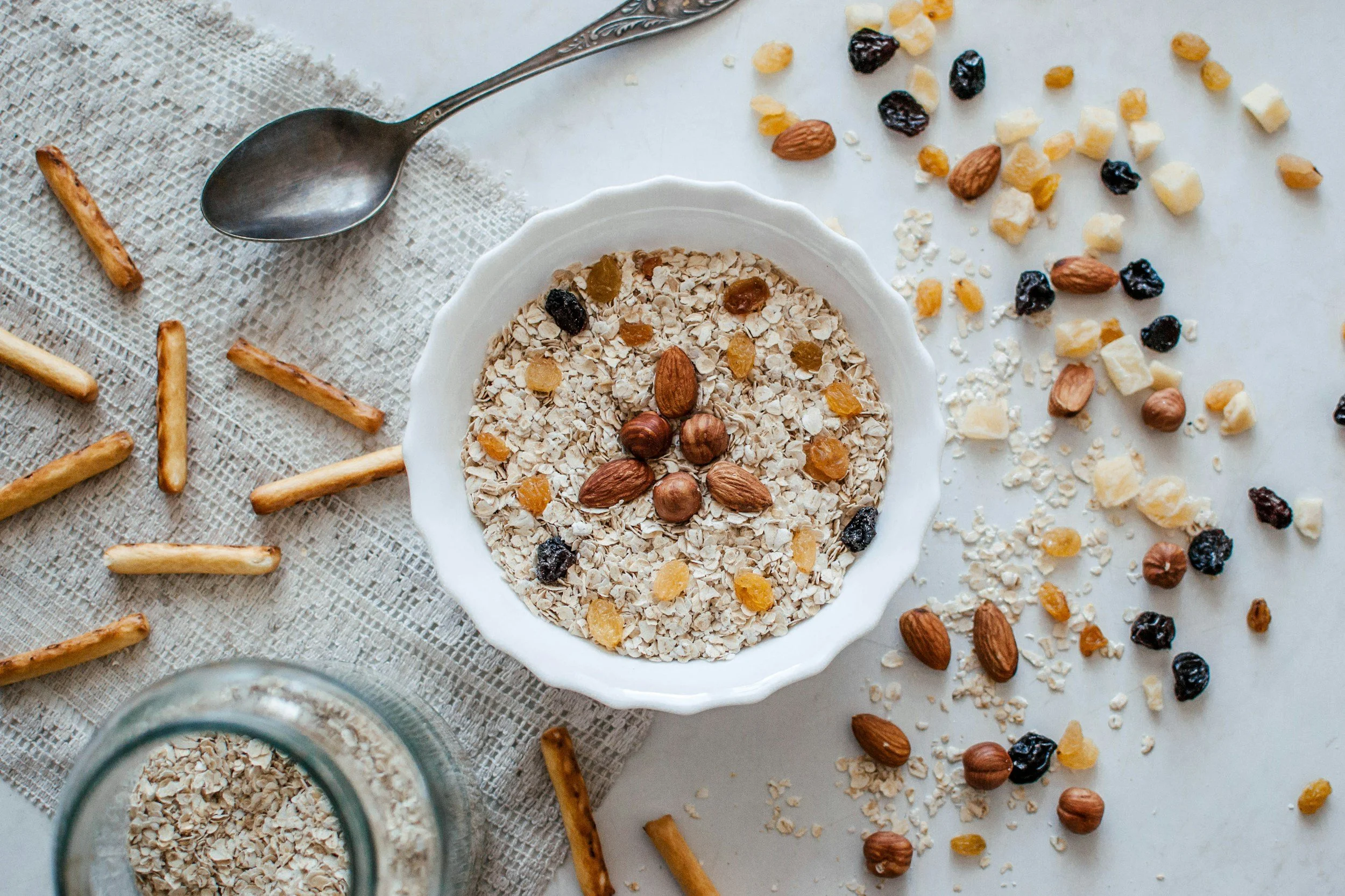The Pros and Cons of Fasted Exercise
It’s no secret that if you’re looking to see better results at the gym, it helps to pay attention to your nutrition. Eating your vegetables, as well as consuming lots of protein and healthy fats, can really amp up your fitness gains.
But, what if the secret to increased fat loss had more to do with what you didn’t eat as opposed to what you did?
For years, fitness pros have been encouraging gym goers to perform morning workouts on an empty stomach in an effort to increase fat burning. It’s called “fasted exercise,” and it’s been around since the early days of bodybuilding.
And while it sounds great to jump out of bed, crank out a heart-pumping workout, then zip up your skinny jeans with ease, there are a few things to consider before you start this morning practice.
Everyone’s body is unique and responds differently to both exercise and nutrition. So, it’s important to consider the pros and cons of fasted exercise and determine what the best course of action is for you.
But first, let’s look at the science behind fasted exercise, specifically for fat burning, and how it actually works.
The Science of Fat Burning
When we exercise, or even when we go about our daily activities, our body’s first stop for energy is our stored carbohydrates - also known as glycogen.
When we fast overnight (during sleep) and skip the pre-workout breakfast, we minimize the availability of these carbohydrate stores, forcing our body to look for another source of energy.
So, what’s the second best source of energy your body is going to turn to? Fat.
But, does fasted exercise actually work to burn fat?
According to the research, YES!
A 2016 study compared the fat-burning effects of fasted versus fed aerobic exercise to see if the fat-burning hype measured up.
273 participants were put through 120 minutes of exercise, with one group fasting and the other group eating a pre-workout meal prior to exercise. After significant testing, the researchers found that the fasted exercises did indeed burn a significantly higher level of fat than those who ate before their workout.
Now, while this sounds freaking amazing in theory, fasted exercise does come with a few pitfalls to consider before you take the leap.
The Drawbacks of Fasted Exercise
Decreased Performance
Exercising on an empty stomach can have a major impact on your workout performance as well as energy levels, so it may not be the right choice for all those wanting to boost their fat-burning efforts.
And while the decrease in performance may not be an issue to the average gym goer, it can be a huge deal breaker for an elite competitive athlete who needs every advantage she can get.
A 2018 study found that those who ate before a workout significantly enhanced prolonged aerobic performance versus those who fasted.
Bottom line? It’s not the best practice for endurance athletes, especially competitive ones.
Nutrition experts commonly suggest fueling up with a small pre-exercise snack that combines protein and carbohydrates. Something as simple as half a banana with a spoonful of peanut butter, or a hard-boiled egg, contains the perfect balance to boost your energy for your next sweat session.
You may lose muscle, especially if you are over 50
One of the other major downfalls to fasted exercise is the danger of losing hard-earned muscle mass. And while you may be thinking, “that’s great, I’ll lose weight!” you may want to think again.
Muscle mass is metabolically-active tissue, meaning it helps your body burn more calories at rest. In addition to this, muscle makes us stronger, injury proof, and gives us that much sought after ab and bicep definition. We want to preserve every last ounce of it!
One study found that 10% of the fuel burned during fasted cardio came from protein stores. This means that in addition to burning extra fat, you may be at risk of losing your precious muscle mass. And since reducing muscle mass decreases metabolism, you may be no further ahead on the quest for fat loss after all is said and done.
This finding is a particular concern for people over the age of 50 who are at higher risk of losing muscle mass due to the natural aging process. For folks over 50, experts recommend eating something pre-workout and focusing on maintaining muscle mass through regular strength training sessions.
Who Is Fasted Exercise For?
As with anything, the practice of fasted exercise is not one size fits all. The way you train and eat is entirely based on your goals and will be different for everyone.
But, for those looking to gain or maintain muscle mass or with blood sugar related issues like diabetes or hypoglycemia, fasted exercise is not likely going to be the right fit.
However, if you’re one of many people who feel nauseated if you eat before a workout, or are looking to drop a few pounds, you may want to give it a go.
But, if you do try fasted exercise and you just can’t seem to make it through your workout, listen to your body grab a quick pre-workout bite the next time around.
As always, it’s best to check with your doctor before making any significant changes to diet and exercise. And when it doubt, listen to how your body feels and responds to your nutrition and training.











